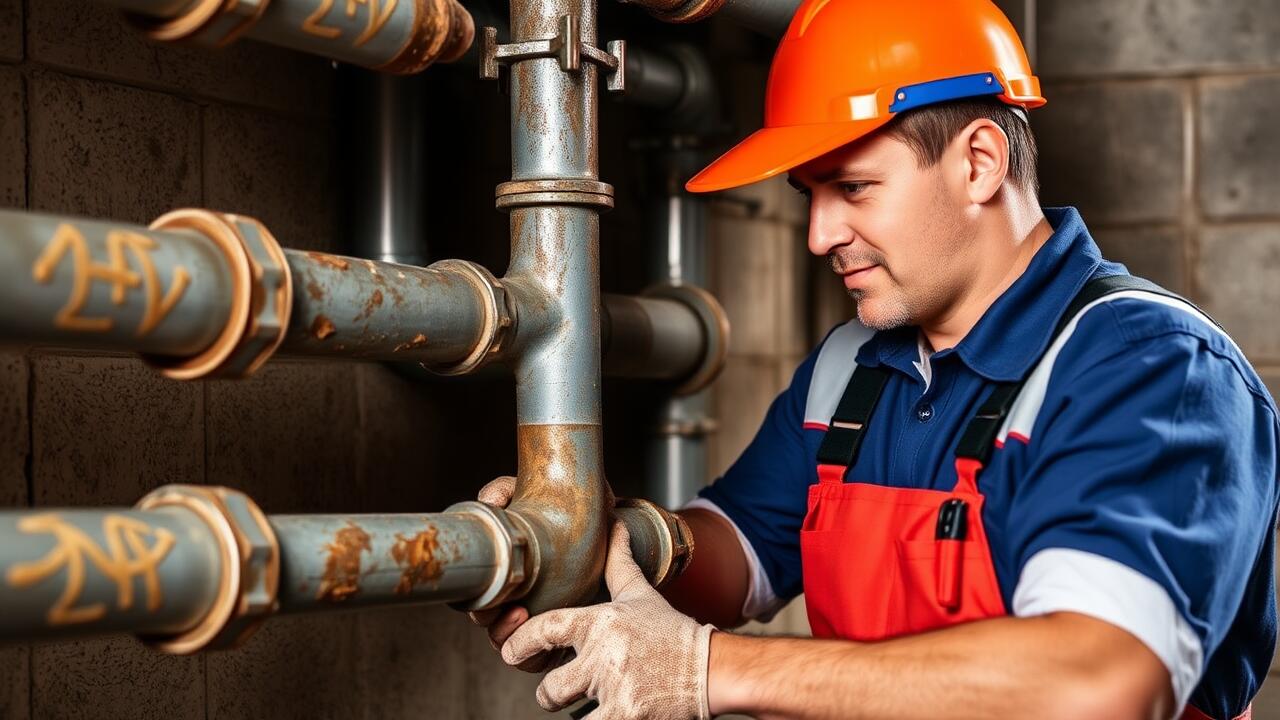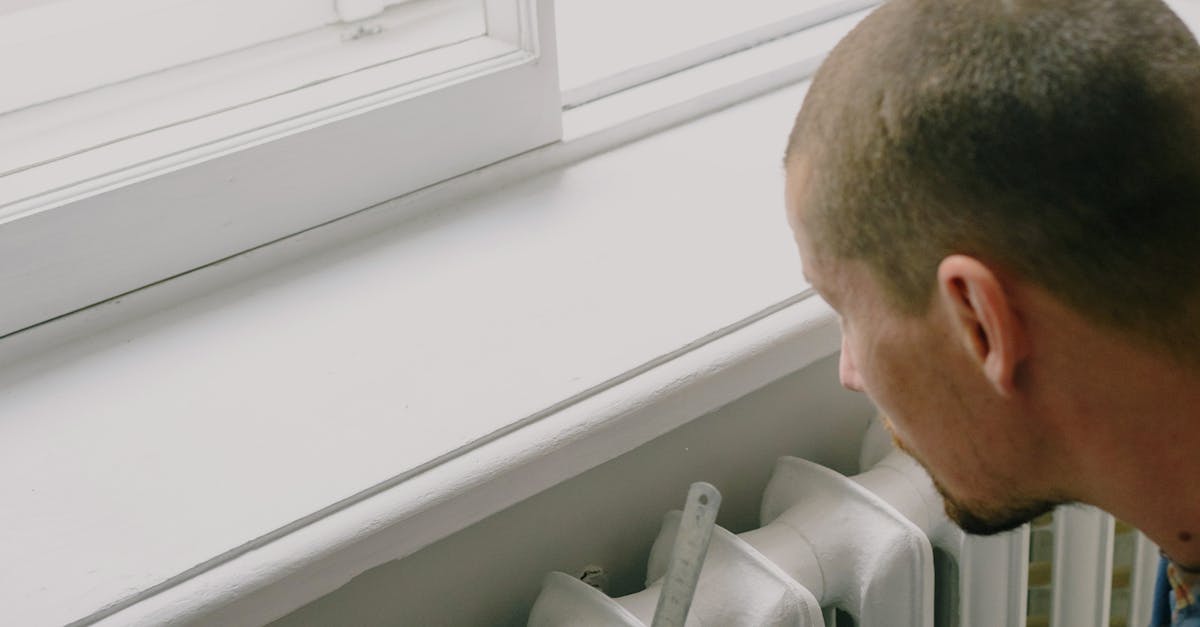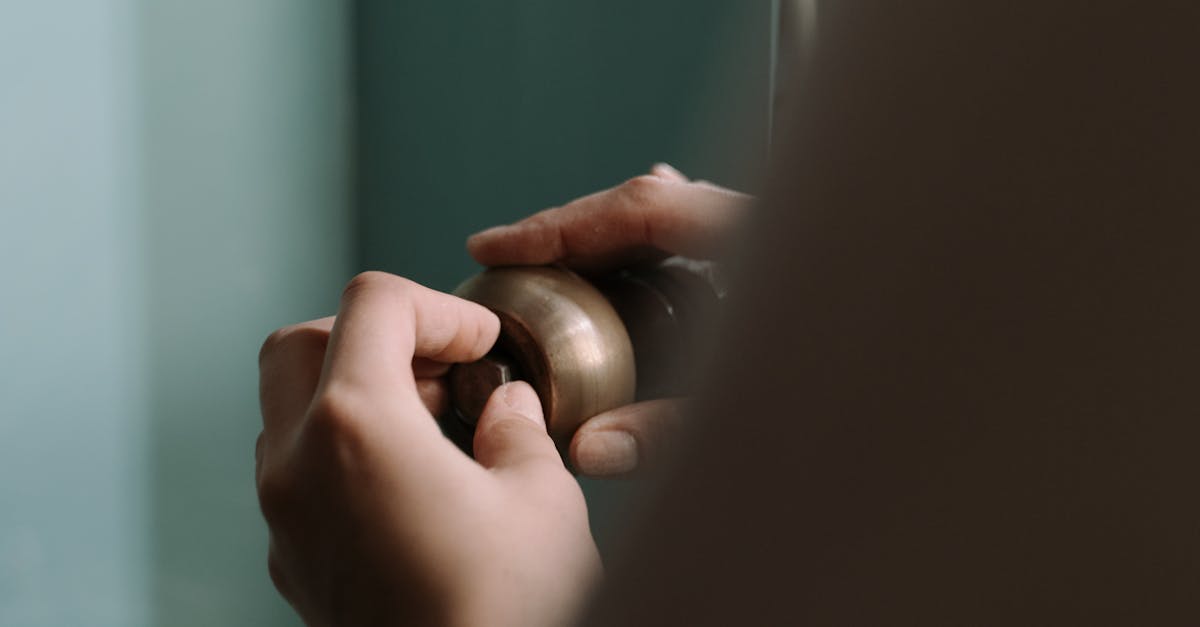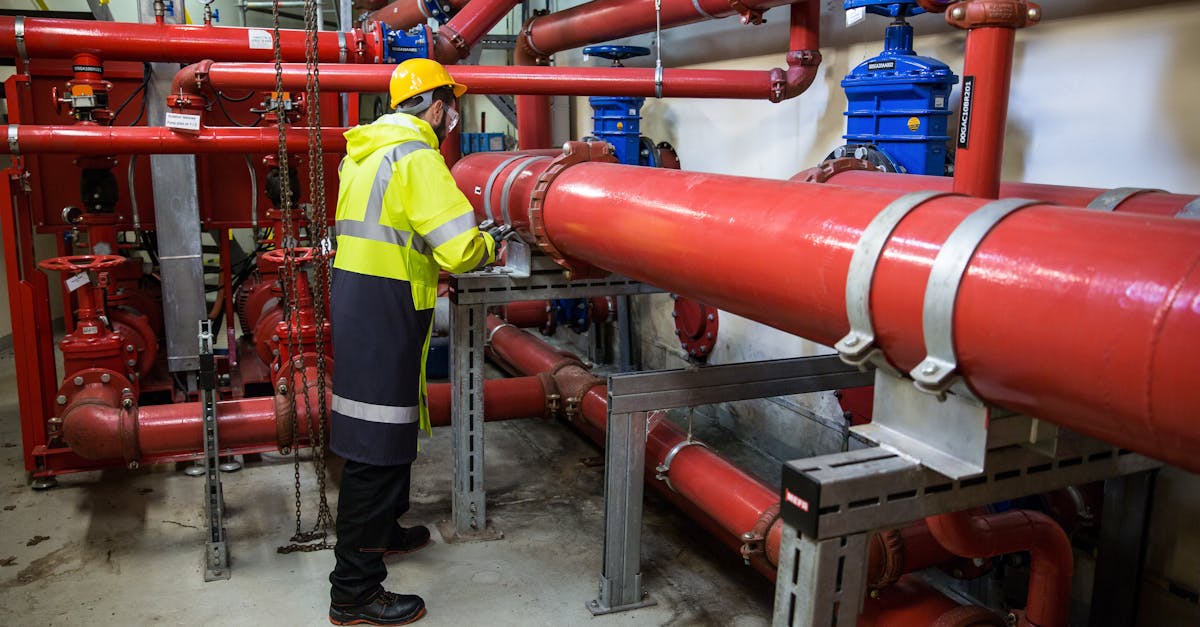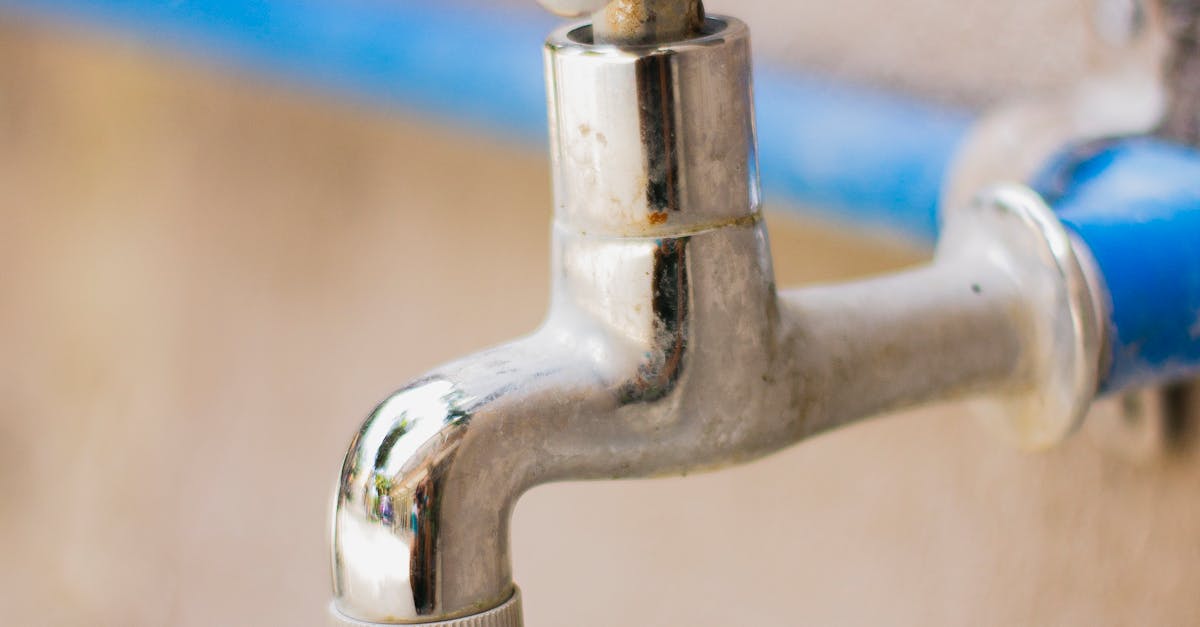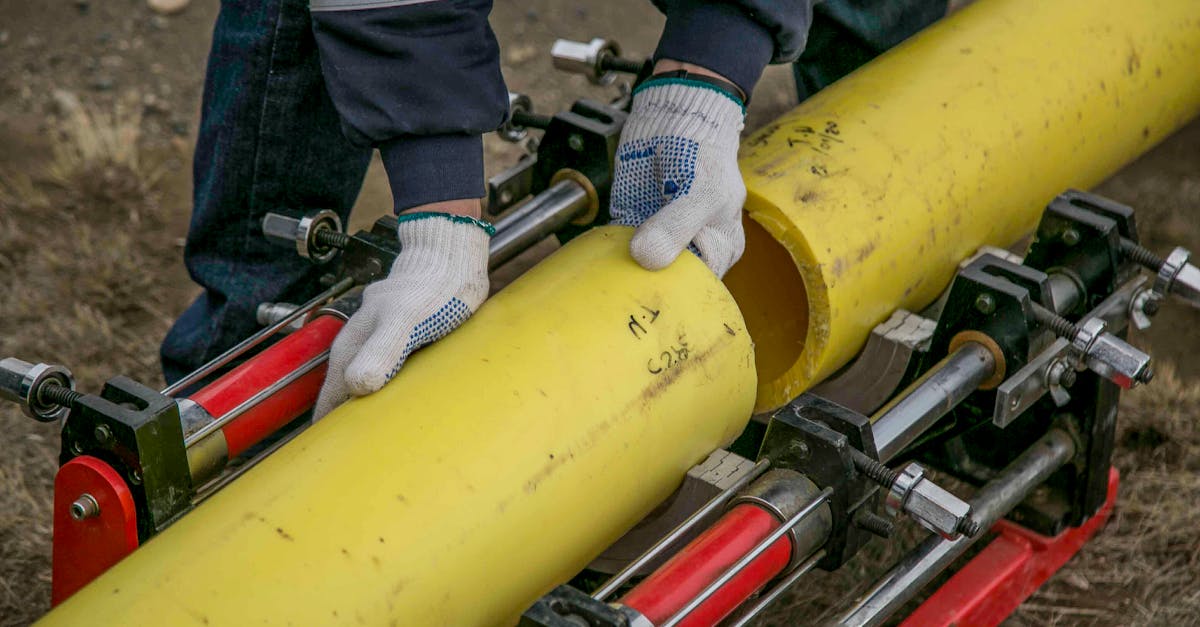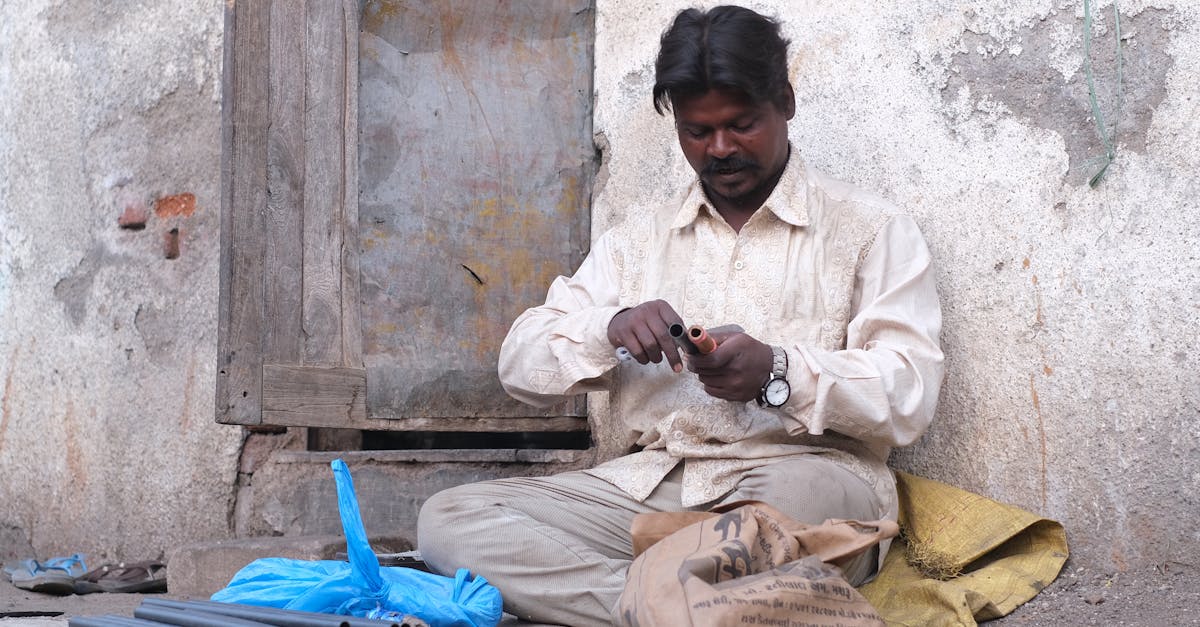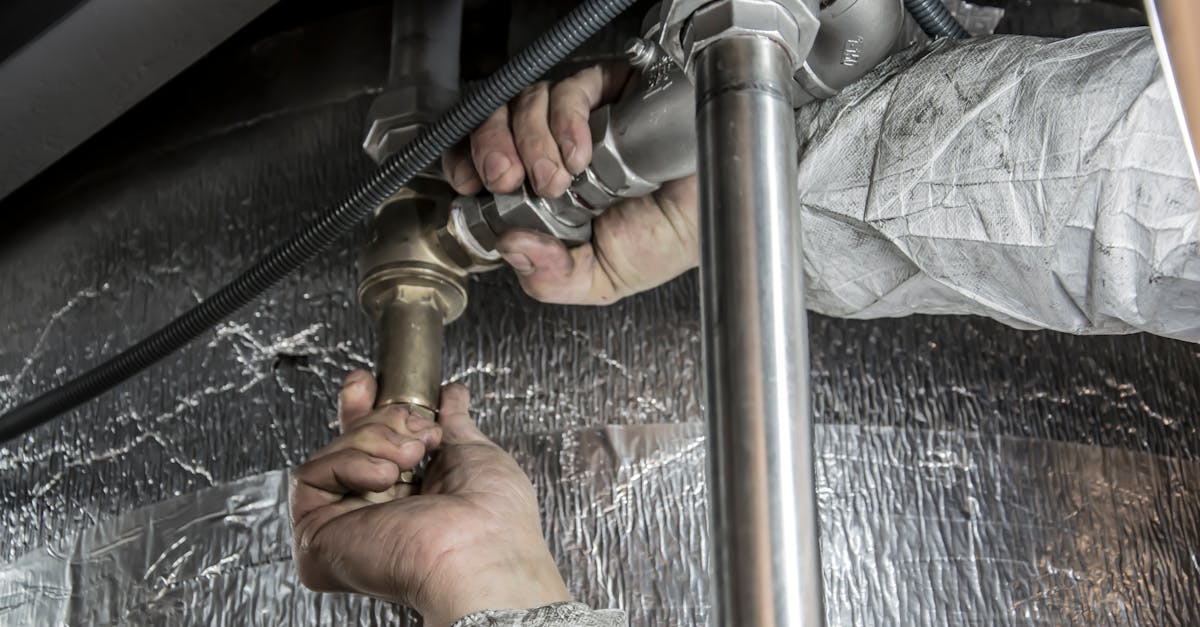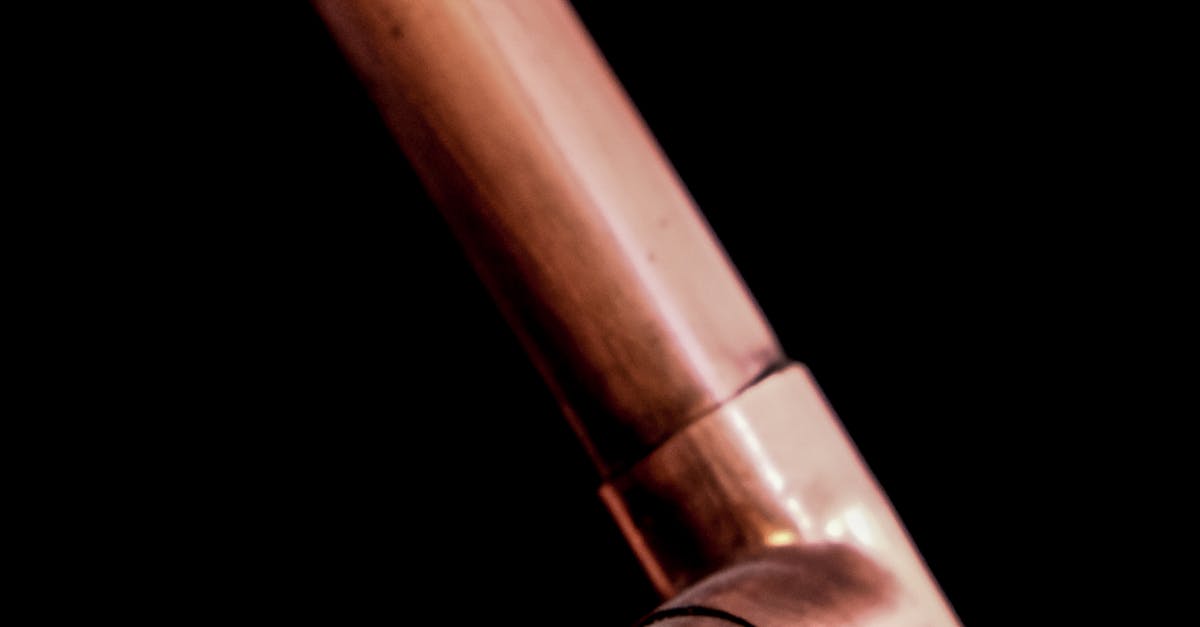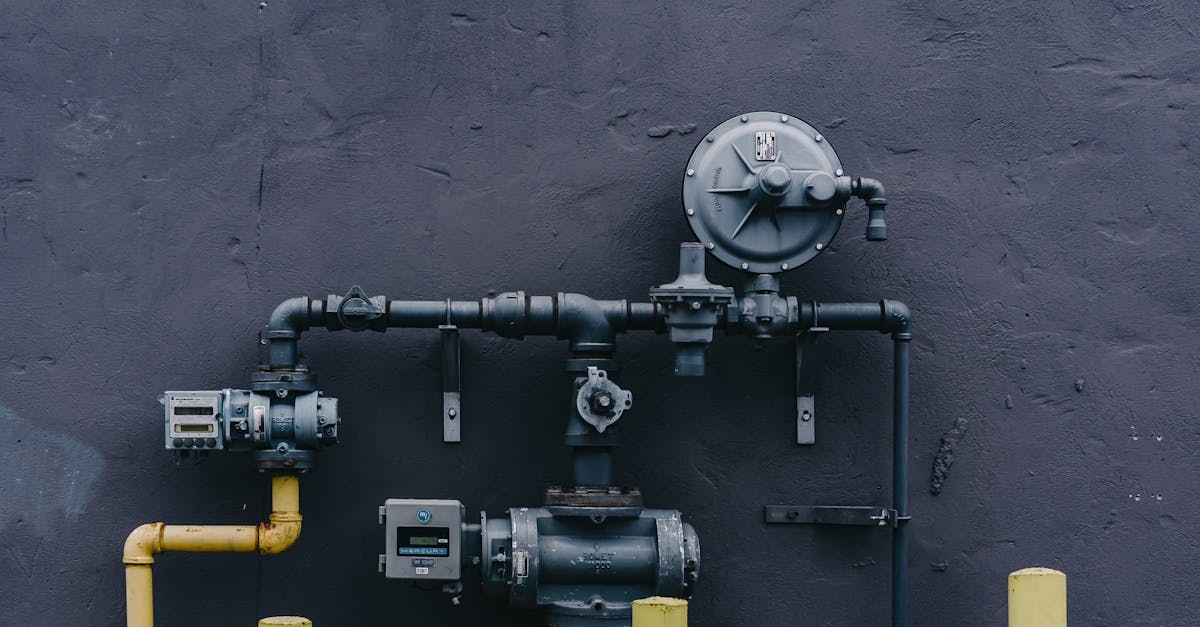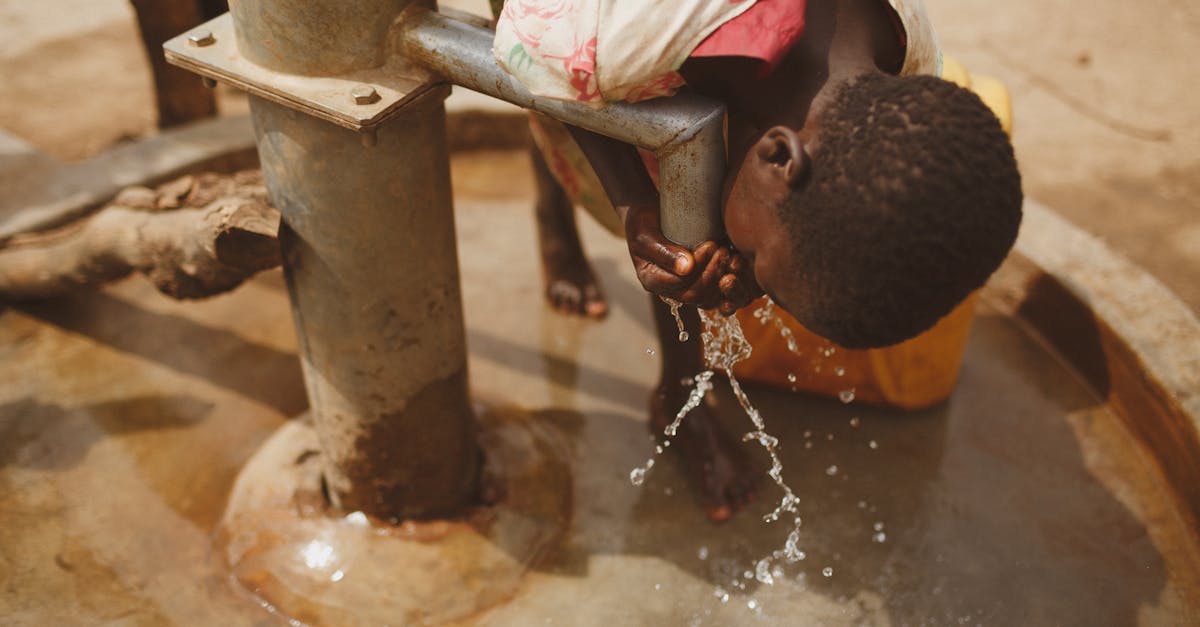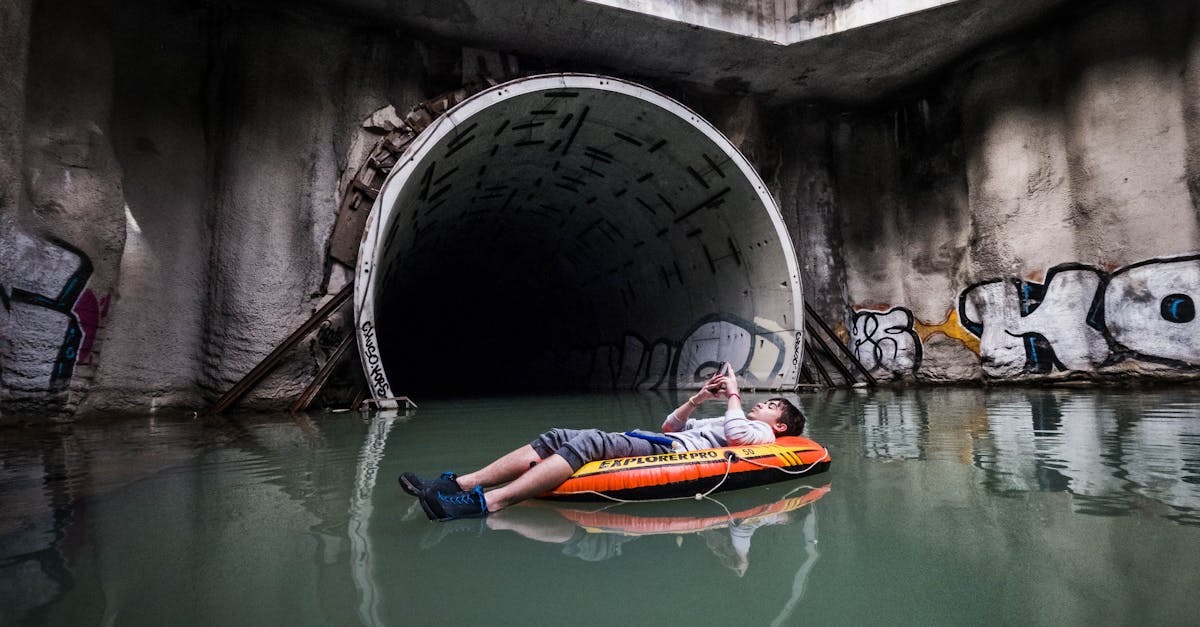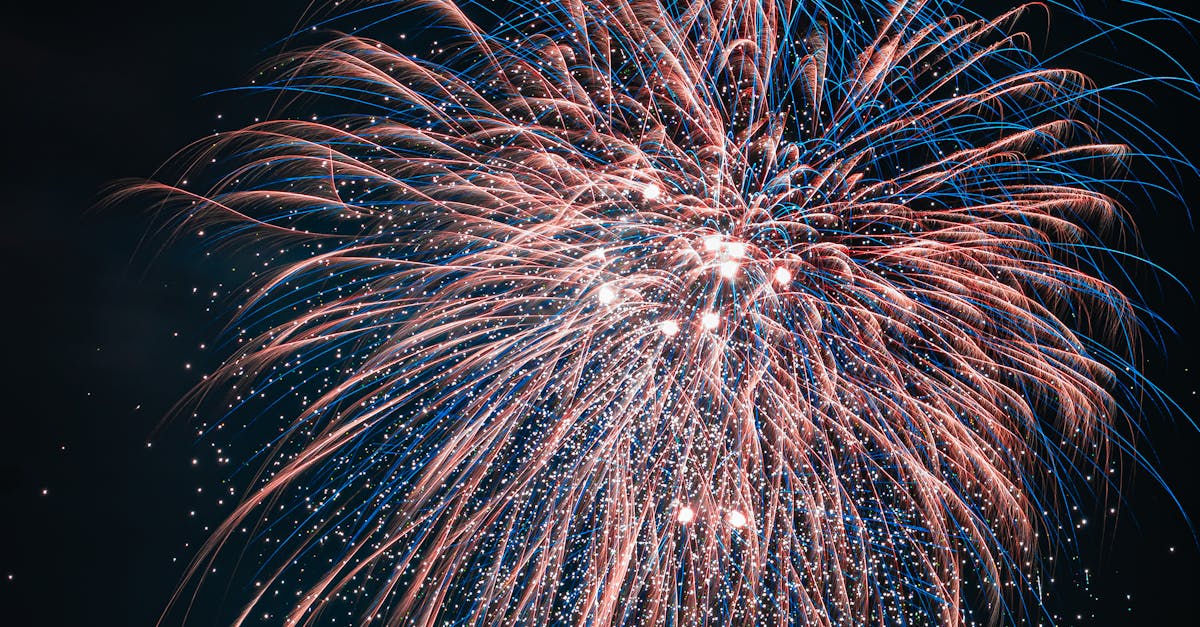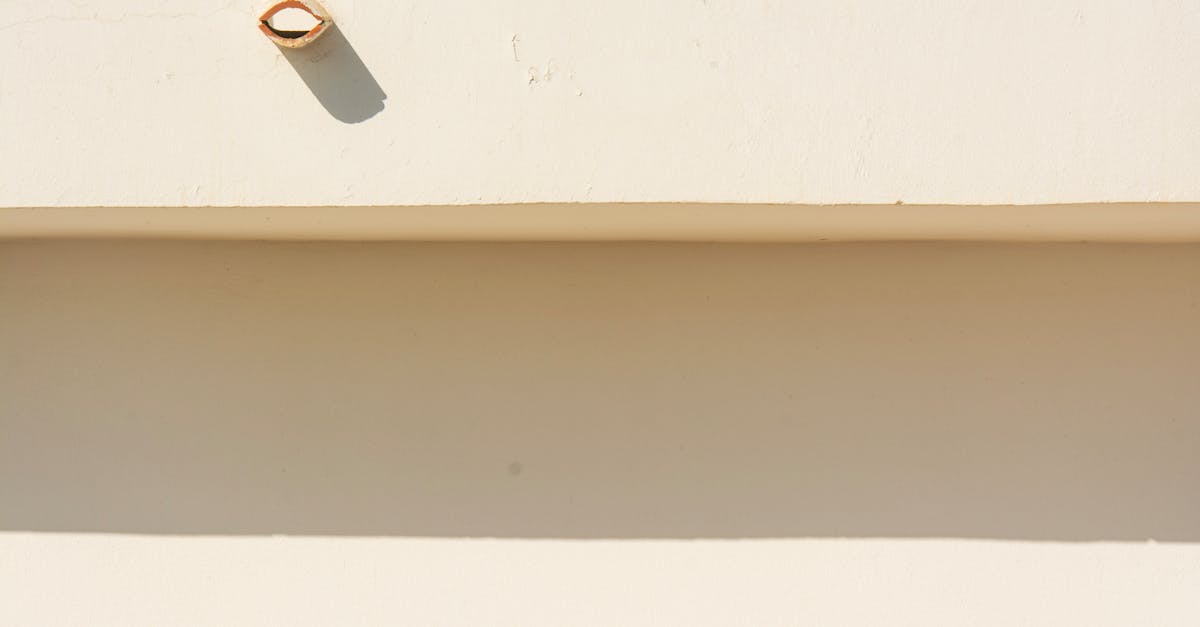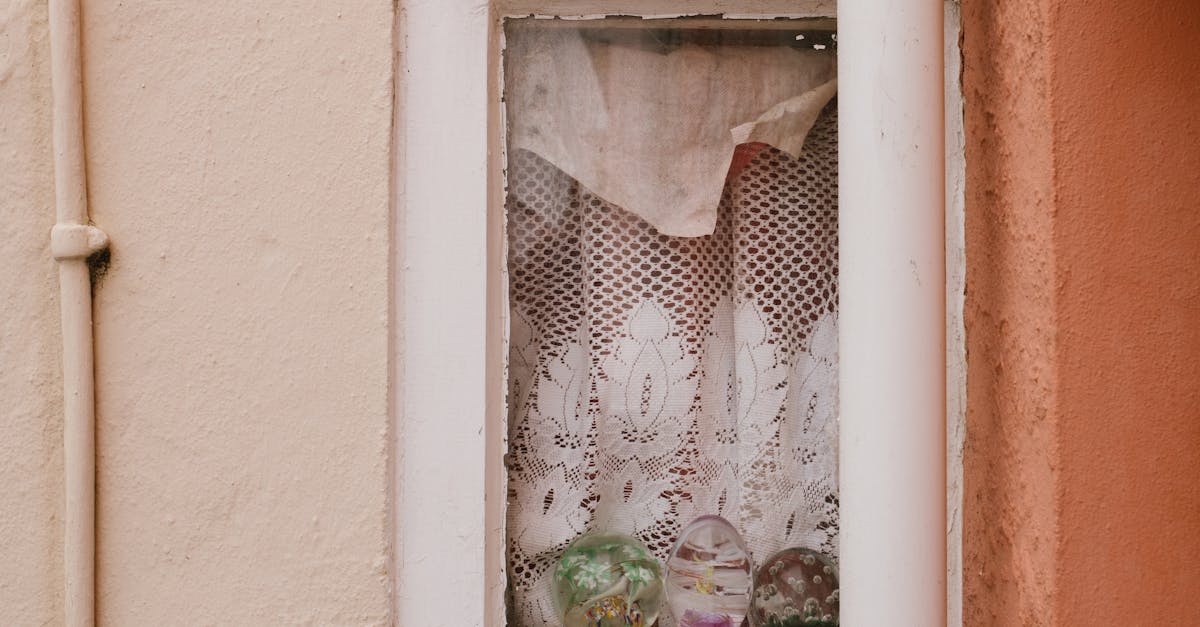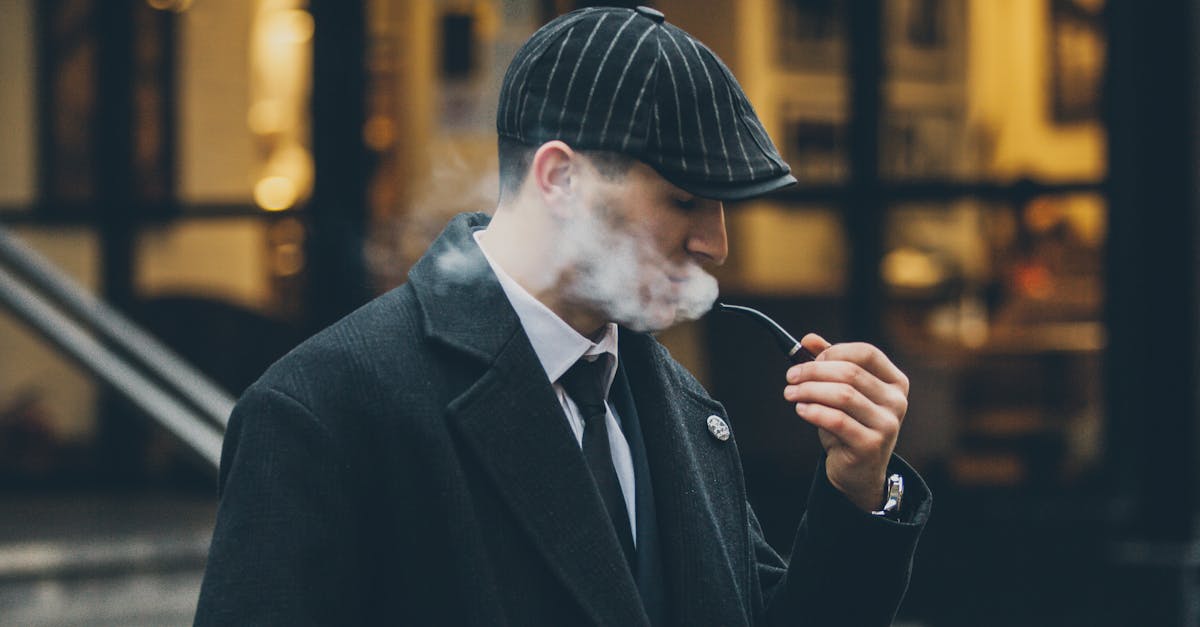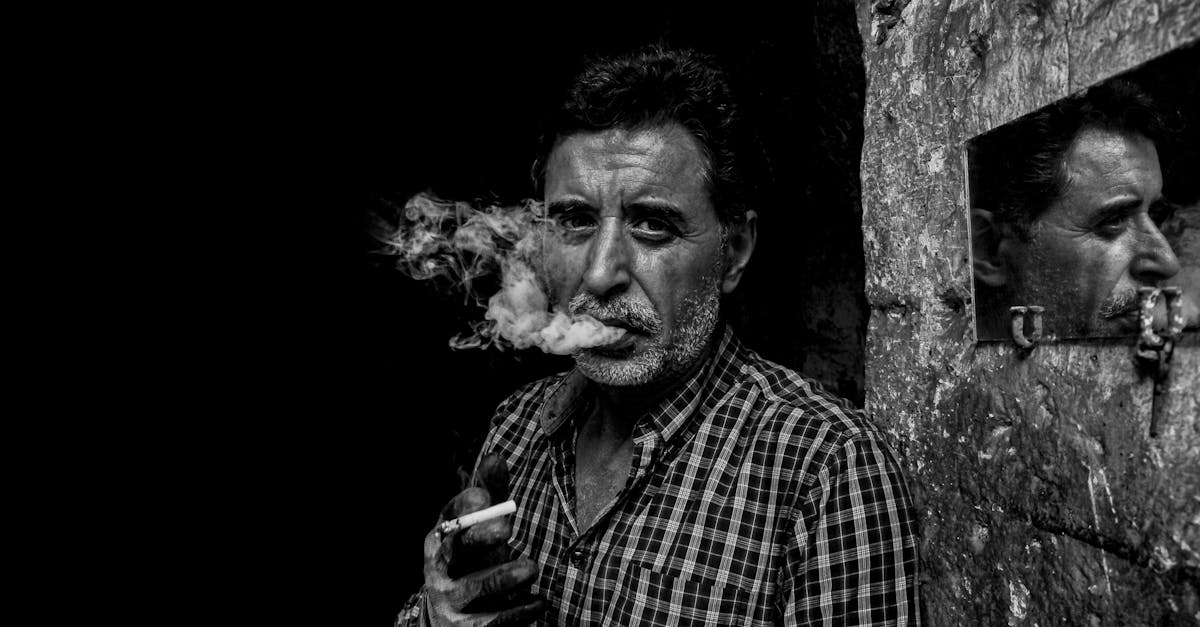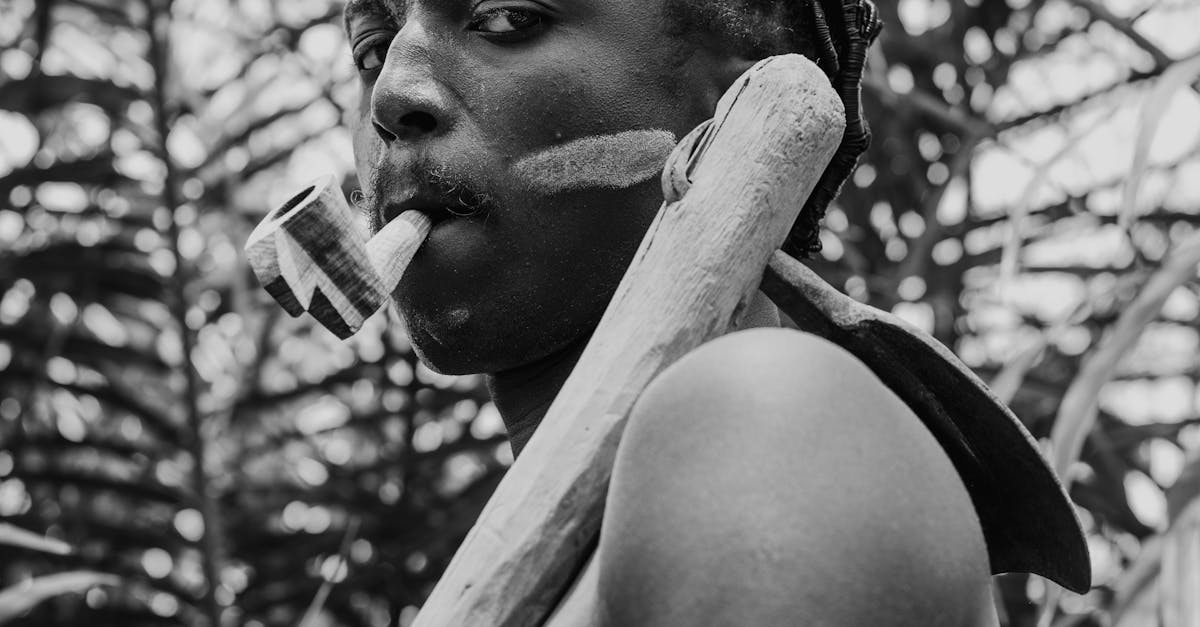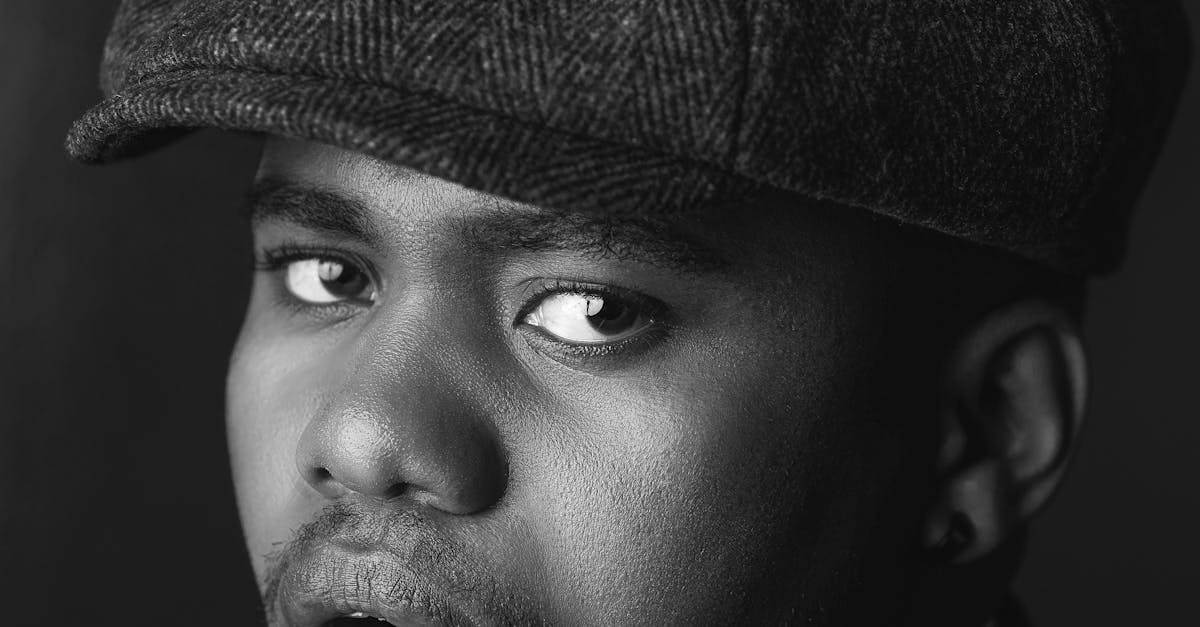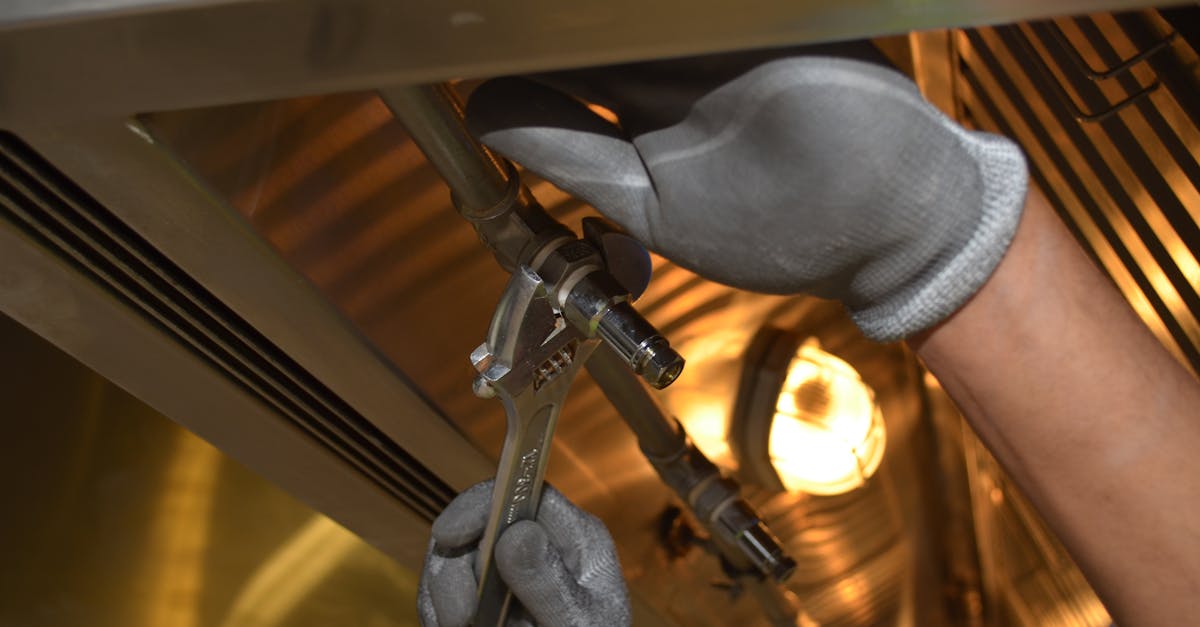
Table Of Contents
Document the Damage
In the event of a burst water pipe, it is essential to document the damage as thoroughly as possible. Take detailed photographs of the affected areas, capturing the extent of the water damage, any structural issues, and items that may have been impacted. This documentation can serve as crucial evidence when filing claims with your insurance company. An experienced burst pipe plumber may also need this information to assess the situation accurately.
While taking photos, make sure to note the date and time of the incident. This can help establish a timeline for your insurance claim. Additionally, if you have any receipts for damaged items or repairs made, keep those on hand as they may be required later. Having a comprehensive record will not only assist in expediting claims but can also be beneficial in coordinating with the burst pipe plumber for necessary repairs.
Taking Photos for Insurance
Capturing the extent of the damage caused by a burst pipe is crucial for your insurance claim. Take clear and comprehensive photographs of the affected areas. Focus on the water damage to walls, floors, and any personal belongings that may have been impacted. Ensure that time and date stamps are enabled on your camera or smartphone to provide accurate evidence of when the incident occurred. If possible, document the actions taken to mitigate the damage, as this can further support your claim.
When contacting your insurance provider, present these photographs alongside a detailed account of the situation. Highlight the need for a burst pipe plumber to assess and repair the damage. Including images of the plumbing and any visible issues will strengthen your case. Keep a record of all communications with your insurer, including dates and times, which may be beneficial should any disputes arise regarding your claim.
Clean Up the Affected Area
Cleaning up the affected area after a burst pipe is crucial to prevent further damage and ensure safety. Start by removing any furniture, rugs, or belongings from the waterlogged space. Use mops or towels to soak up as much water as possible. If the water is extensive, consider using a wet/dry vacuum to expedite the drying process. It’s important to wear protective gear, such as rubber gloves and boots, to avoid contact with contaminated water.
After the initial clean-up, assess any additional damage to the flooring, walls, and electrical systems in the vicinity. Thoroughly dry the area to minimise the risk of mould growth. If the situation feels overwhelming, contacting a professional, such as a burst pipe plumber, can provide guidance on next steps. They can address structural concerns and recommend specialised drying equipment to expedite the restoration process.
Steps for Safe Cleanup
Prioritising safety during the cleanup process is essential. Begin by ensuring all electrical appliances in the vicinity are turned off and disconnected to prevent any risk of electrocution. Wear protective gear such as gloves and sturdy boots to shield against hazardous materials and slippery surfaces. Setting up proper ventilation will also help minimise exposure to any potentially harmful substances released by the water.
Once the area is deemed safe, begin by removing any standing water with a wet vacuum or pump. This will help reduce further damage to your home. After the bulk of the water has been cleared, thoroughly dry the space using fans and dehumidifiers to prevent mould growth. In some instances, it may be necessary to consult a burst pipe plumber for specific advice on managing secondary issues that can arise from prolonged moisture exposure.
Check for Additional Issues
After addressing the immediate concerns of a burst water pipe, it is important to inspect the surrounding areas for any additional issues that may have arisen. Look for areas where water may have seeped into walls, floors, or ceilings. Ensure that any flooring materials, such as carpets or wooden boards, are dry and undamaged. Water can quickly lead to more significant structural problems if not adequately addressed.
Furthermore, consider the potential for mould growth, which can develop within a short period after a water leak. Inspect areas that were in direct contact with water and check hidden spots, such as behind appliances or under sinks. If mould is present, it may be necessary to call in a professional burst pipe plumber to not only assist with the leak repair but also to help mitigate mould issues effectively.
Inspecting for Mold Growth
After a water pipe has burst, moisture can linger in the affected areas, creating ideal conditions for mould growth. It is crucial to inspect surfaces for any signs of discolouration or a damp, musty smell. Pay special attention to hidden spaces such as behind walls, under carpets, and within cabinets where water may have pooled unnoticed. If you find areas that show signs of mould, it’s essential to address them promptly to prevent further spread.
For more extensive infestations or if you are uncertain about the extent of the mould growth, it’s advisable to consult a burst pipe plumber. These professionals can offer insight into not only restoring the plumbing but also ensuring that mould remediation is thorough and effective. Understanding the impact of moisture and taking swift action can significantly minimise health risks associated with mould exposure.
FAQS
What should I do first if I discover a burst water pipe?
The first step is to turn off the main water supply to prevent further flooding. After that, document the damage and begin the cleanup process.
Why is it important to take photos of the damage?
Taking photos is crucial for insurance claims, as they provide evidence of the damage caused by the burst pipe and can help ensure you receive the appropriate compensation.
How can I safely clean up the affected area after a pipe burst?
Start by wearing protective gear, such as gloves and boots. Remove standing water using a wet vacuum or mop, and then dry out the area thoroughly to prevent mould growth.
What signs of mould growth should I look for after a pipe burst?
Look for discolouration on walls and ceilings, a musty smell, or visible mould patches. If you notice any of these signs, it’s essential to address them immediately to prevent health risks.
Should I call a professional for repairs after a burst pipe, or can I do it myself?
While minor repairs can be managed by homeowners, it's advisable to call a professional plumber for significant damage or if you’re unsure about the extent of the issue to ensure it’s fixed correctly and safely.
